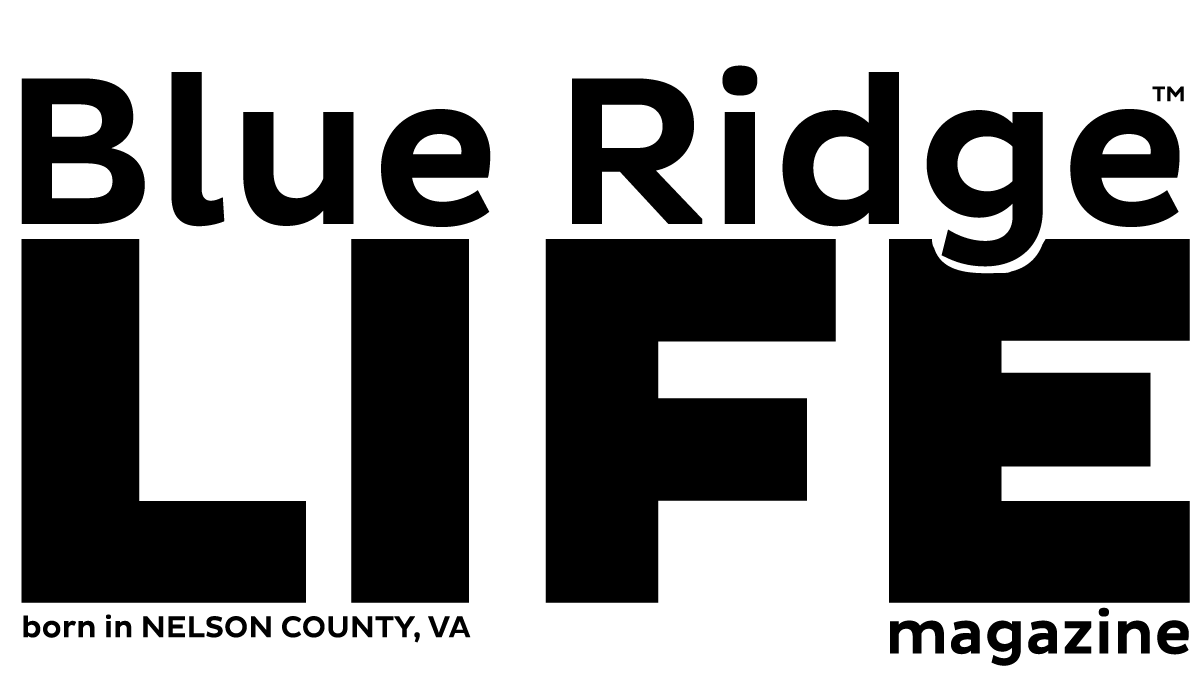REFRESH Nelson County Life Magazine HERE
The Making of an Athlete
Story by Yvette Stafford
Photography by Tommy Stafford
Wintergreen Mountain, Virginia
16-year-old Molly Brown admits to spending a good part of her life on the sidelines.
“I have memories of the kids playing kickball on the playground and I would be the nerdy girl on the corner reading.â€
Born with cerebral palsy, a crippling disease that limited her ability to play sports with her fellow classmates, Molly had no idea she was an athlete.
“It didn’t really register with me,†she says, her long hair damp from several runs on the slopes at Wintergreen. “I mean I’ve always known that I like speed, I like thrill, I like going fast. I’m the girl that
likes all the huge roller coasters at the amusement parks and wants to go as high as she can and fast as she can anywhere.â€
About five years ago, Molly’s orthopedic surgeon suggested she take up adaptive skiing as a means of staying fit. If she could strap herself to 15 to 20 pounds of adaptive ski equipment, and allow her
body to slide down hill, then perhaps the slippery slopes in Molly’s life wouldn’t be so hard to tackle.
“I walk with a kind of crouched, awkward gait which results in really lowered stamina and a fair amount of knee pain. So being able to ski sitting down allows me to avoid all that and still participate in a
sport.â€
“This is a downhill leveling of the playing field,†says Michael Zuckerman, Executive Director of Wintergreen Adaptive Skiing. “They don’t have great difficulty sliding down a hill with snow on it.â€
“There’s this feeling,†Molly explains, “especially when you’re little and your self esteem is low and everything centers around ‘The kids can do this and I can’t’, there’s this feeling of complete helplessness
like you’re an outcast. It’s really easy when you’re disabled to feel broken, like something doesn’t work or doesn’t function. In coming to this program I got two things simultaneously: both a real sense that my
body did work and I did have control over it and I could develop it and there’s so much power in that.â€
Michael, who has seen Molly develop as a student into a junior instructor, says the sport is therapeutic.
“So Molly, she could never compete with her peers in soccer or in basketball, [but] she will be, if she’s not already, a much better skier than all of her able-bodied
friends.â€
As Molly knows, anyone born with a disability has to work harder at achieving and maintaining a high
fitness level. To do that, Molly hits the gym. Hard.
“I like free weights a lot so I lift a lot of free weights. Chest press, bicep curls, anything with the
triceps. I also do sit ups and push ups and any kind of cardio that I can manage too just to stay fit because the lower you can keep your body fat the less you have to lift. So I ride a stationery bike. Sometimes I swim,†Molly says matter-of-factly.
“She doesn’t have a disability in this sport,†Michael says as he watches her grab lunch before
gearing up for another run. “She can be as good as she wants to be.â€


